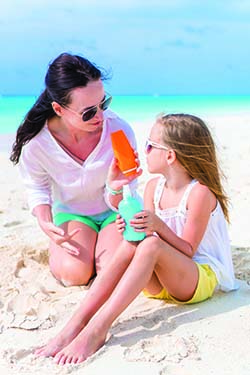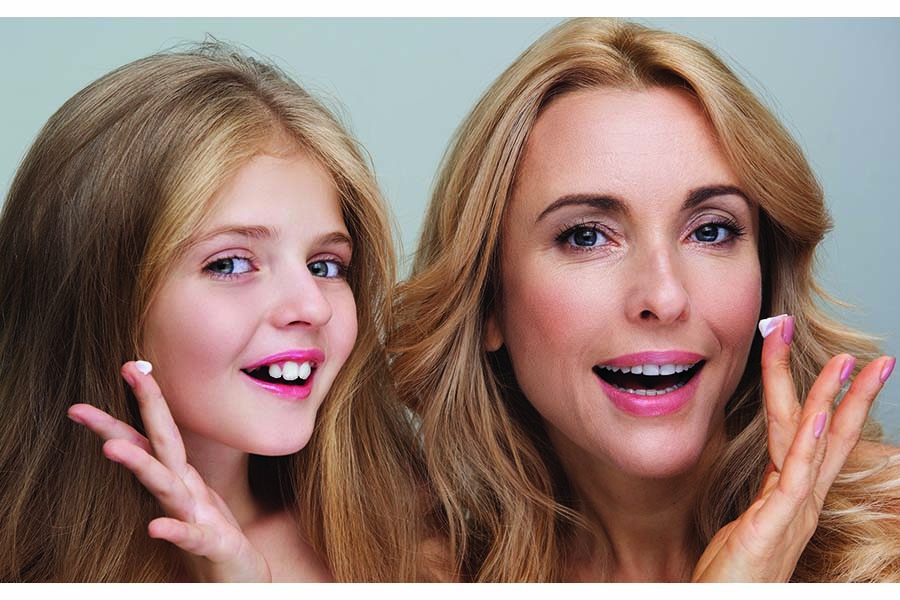Fact or Fiction: Melanoma occurs from childhood sunburns.
Written by Kelly Richardson, founder of Venone PR and B.Bronz SunlessUnfortunately, exposure to ultraviolet rays in younger years increases risk for skin cancer as an adult. Ultraviolet radiation from the sun plays a major role in the development of skin cancer. There is strong evidence documented by the Skin Cancer Foundation that chronic, or long-term, ultraviolet exposure can induce the development of actinic keratosis – a pre-cancerous condition – and two forms of skin cancer – basal cell and squamous cell.
Melanoma and other nonmelanoma skin cancers can also be caused by genetic disposition and sometimes develop in people that have not been regularly exposed to the sun. This makes it very important to examine the whole body, including the scalp and feet, during a skin cancer check.
A client’s first sunburn as a child doubles their chance of developing melanoma. Encourage children and teenagers to practice good habits when it comes to the sun.
“Children are more sensitive to the sun, and the sun’s rays are strongest during the summer months when children tend to spend ample time outdoors,” says Perry Robins, M.D., president of The Skin Cancer Foundation. “Teaching children to adopt a sun-safe lifestyle when they are young will prevent skin cancer and encourage them to begin lifelong healthy skin habits.”

Wear sunscreen. It is important to teach everyone in the family how to apply sunscreen properly. They should also know when to reapply, especially after swimming or excessive sweating. If it is hard for young children to rub in a lotion, parents can teach them how to properly use a spray-on product, and should have them practice applying.
Seek shade when outside between 10 am and 4 pm – when ultraviolet rays are most intense.
Wear sun-protective clothing, like a baseball cap, wide-brimmed hat, or ultraviolet-blocking sunglasses.
It is also important for clients to remember that there is no such thing as a safe tan. Talk with clients about the importantce of staying safe in the sun to avoid skin cancer, premature aging, blemishes, and age spots.
Encourage clients to keep sunscreen easily accessible to their entire family. They can keep a bottle in every bathroom and in the car, for example. They do not need to worry about leaving products in high temperatures because these products are made to withstand them. Remind clients to watch expiration dates on sunscreen products.
Lastly, follow-up any conversation about skin care and sun safety with product recommendations. It is a great idea to sell retail products for the body and face, as well as sun products designed just for children.
